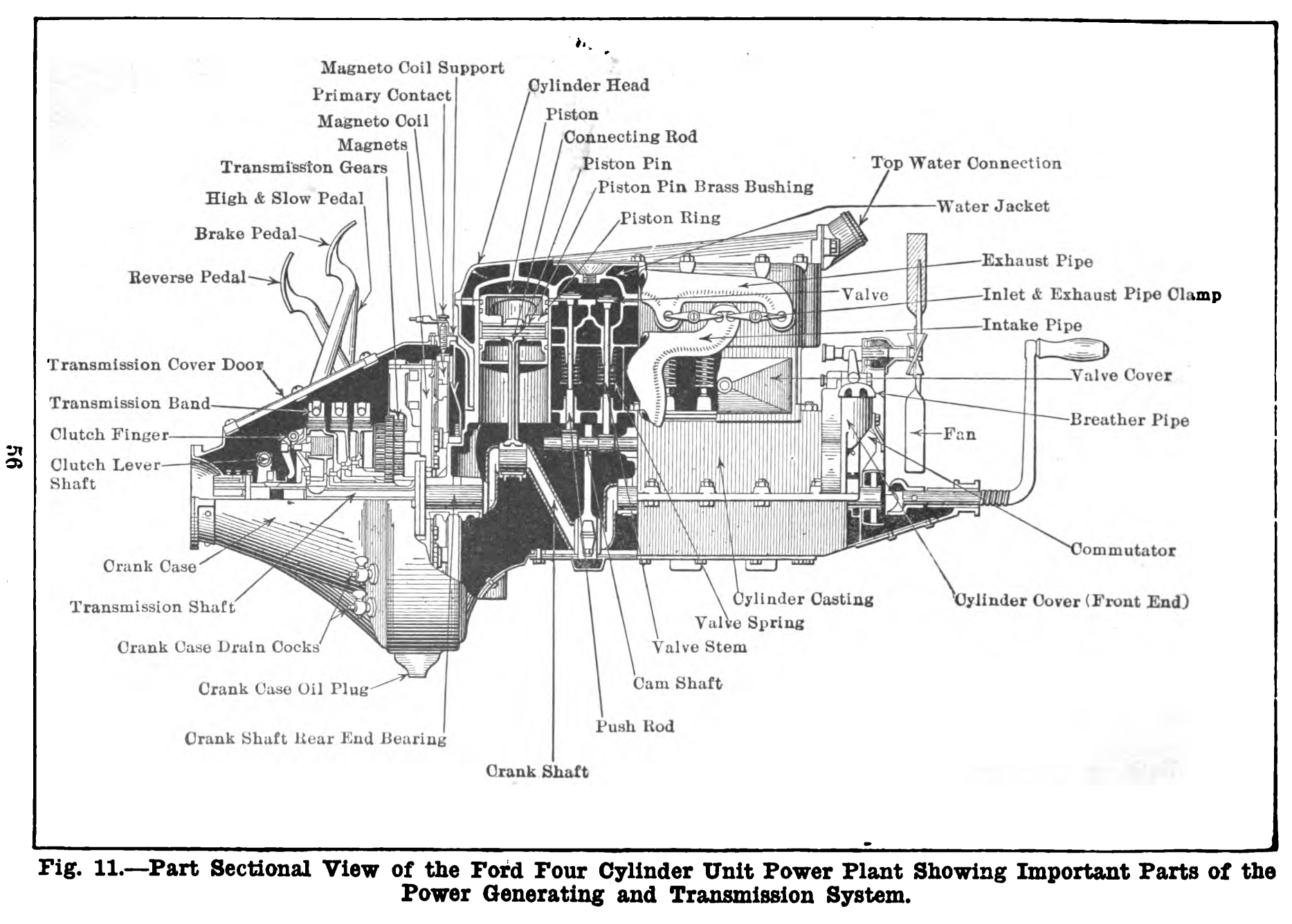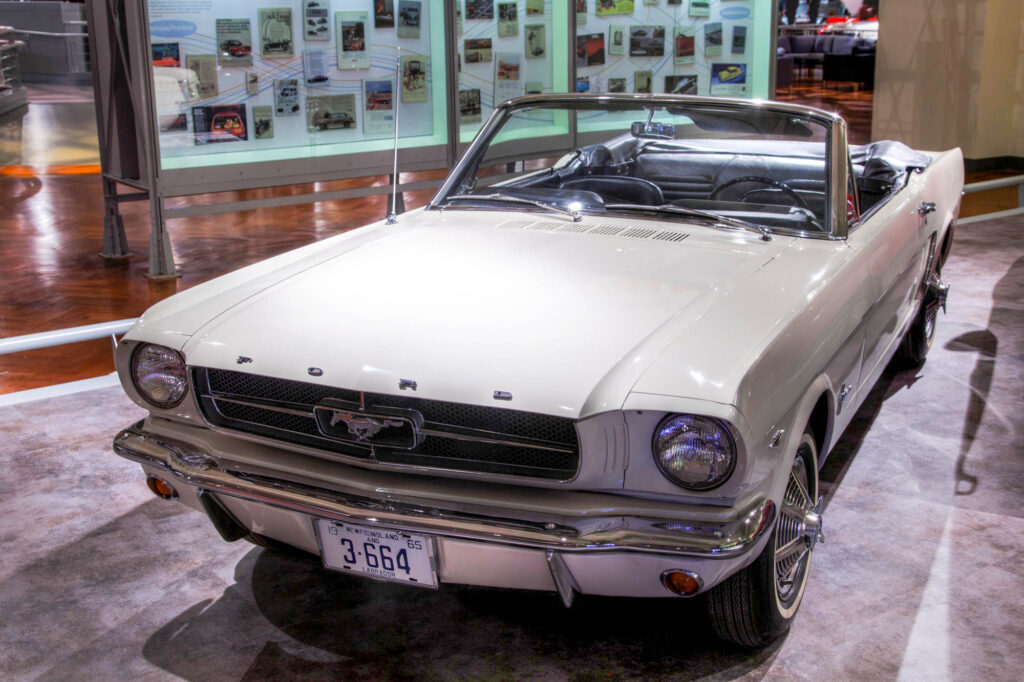Howdy, fellow hot rod enthusiasts! Welcome to the world of engines, where the magic of movement and power takes life. Today, we’re going on a ride through time, from the era of the Model T Ford to the first Ford Mustang, unveiled in 1964. Buckle up and let’s get started!
First up, let’s explore the heart of the legendary Model T Ford, the “Tin Lizzie”. This beauty, back in the early 1900s, was powered by a simple yet effective 4-cylinder engine. Imagine four soup cans sitting in a row. These are your engine’s cylinders. A mixture of air and fuel is drawn into each cylinder, and then a spark from a spark plug ignites this mixture. This causes a small explosion which pushes a piston (like a big soup can lid) down. That’s how the “go” gets into your car.
Now, the Model T’s engine was pretty special because it used a clever system called gravity to feed fuel into the engine. It was like a water slide, with the fuel tank up high and the engine down low. Gravity pulled the fuel down from the tank into the engine.

Jump forward to 1964, say hello to the first Ford Mustang, an iconic symbol of power and freedom. Under the hood, the Mustang hid a variety of engine options. The base model came with a 6-cylinder engine. Like the Model T, it uses the same process to make the car move, but now there are six cylinders working instead of four. But for those who craved more power, a V8 was available, putting out way more horsepower than the base engine!
The Mustang swapped out gravity for a fuel pump. Think of this like a little helper, who tirelessly carries fuel from the tank to the engine. This meant the engine could get fuel no matter if it was uphill, downhill, or upside down!
Now, you might think that an engine is all it takes to make a car go, but there’s more to it! An engine is the heart of the car, yes, but it needs help from a lot of other parts. These include the transmission, drivetrain, exhaust system, cooling system, electrical system, brakes, steering system, and suspension system. All of these work together with the engine to make your hot rod move.
We’ll go over these parts and their roles in making your car go vroom in the upcoming articles. So be sure to check back for more. Each piece of your car is a piece of the puzzle, and knowing how they all fit together is part of the fun of being a hot rod enthusiast!

So, what’s different between them? Well, the biggest difference is the shape and number of cylinders. The Model T has four cylinders in a straight line (we call that an inline 4), while the Mustang could have either six or eight cylinders depending on the model. More cylinders mean more power, making the Mustang a faster, more powerful car.
Another big difference is how they get their fuel. The Model T used gravity, which is simple and doesn’t need any extra parts, but the Mustang used a fuel pump. This was an upgrade because it could work in all sorts of conditions, even when gravity couldn’t help.
But don’t let these differences fool you. Both engines are marvels of their time. They represent the genius of human invention and our never-ending journey of discovery and improvement. Each engine has its own charm, its own roar, and its own tale to tell.
So there you have it! A quick journey from the Model T to the Mustang. Remember, engines are like the heart of your hot rod. They’re where the magic happens, turning fuel and air into raw power and speed. So next time you’re at the wheel, give a thought to the fantastic piece of engineering that’s working hard under the hood. Keep on exploring, keep on learning, and keep the engines roaring, folks!